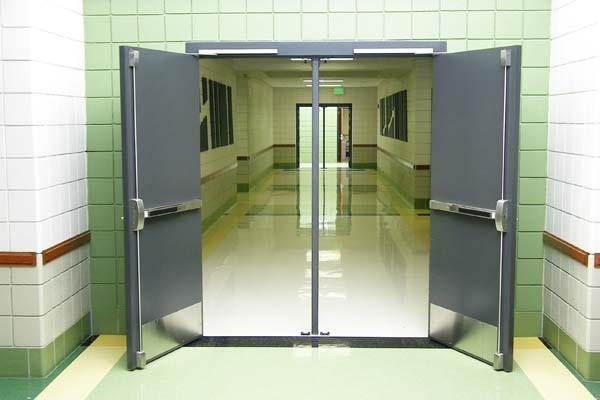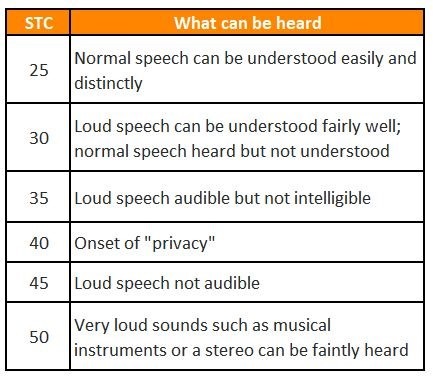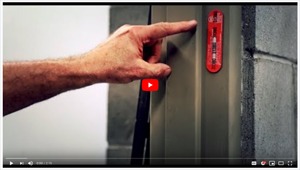A Tip to Avoid Failing Fire Inspections
“When we’re inspecting healthcare buildings for fire door issues, any wood pair of double egress doors is almost guaranteed to fail.”
– fire inspector

Any guess why wood doors would fail but not hollow metal?
Fire-rated applications with wood doors are only allowed up to a 1/8″ clearance. Having a pair of wood doors be nice and plumb and square with only a 1/8″ gap is pretty tough.
Fire-rated hollow metal doors are allowed 1/8″ clearance +/- 1/16″. That extra 1/16″ may not sound like much, but can be the difference between a passed inspection or spending a ton of money on remediation. Many distributors and architects prefer hollow metal for fire-rated pairs for that reason.
Trending Product: Sound-Rated Doors

In the age of open floor plans and chiming cell phones, silence is golden. It’s no wonder our recent survey of 200 door distributors found that acoustic doors are one of their fastest growing products.
Acoustic doors reduce the transfer of sound through a door. The most common measurement of their capabilities is Sound Transmission Control (STC).

Unless the goal is to muffle band practice or loud machinery, an STC rating of 35-45 makes sense for most applications. Avoiding overspecification will not only reduce the cost, but potentially the weight/thickness of the door.
There are a number of quality manufacturers that produce both standard and acoustic products, allowing you to single-source your door assemblies.
Here’s a list of SDI Certified manufacturers that fit the bill.
More CAD and BIM Drawings
We’ve recently added 16 more drawings to our public library of details and models. There are now 80+ downloadable drawings of:
|
|
The drawings are available in PDF, AutoCAD, Revit, and Sketchup.
Fire Rated Doors & Frames
Check out our new 2-minute video on fire rated doors and frames. See where they are required, how they are tested, and learn about labels.

